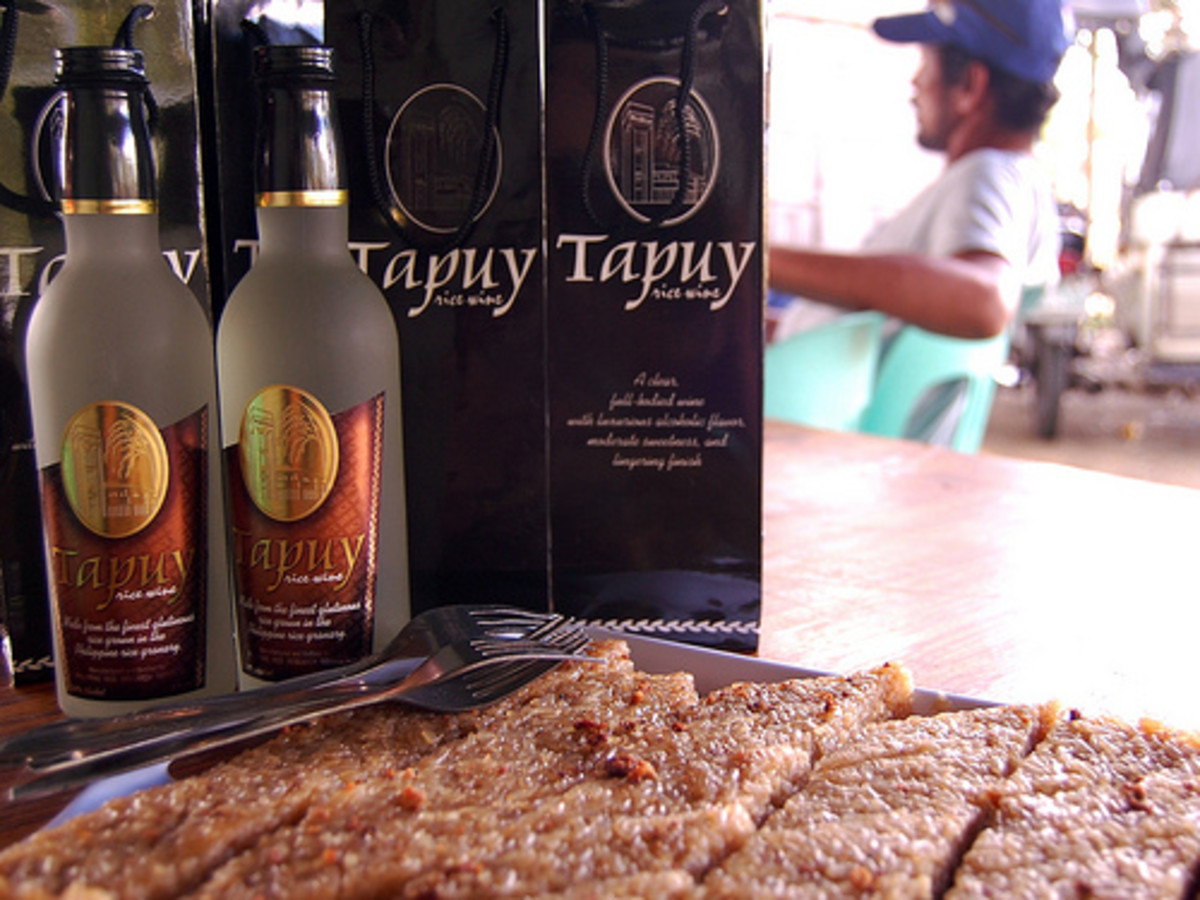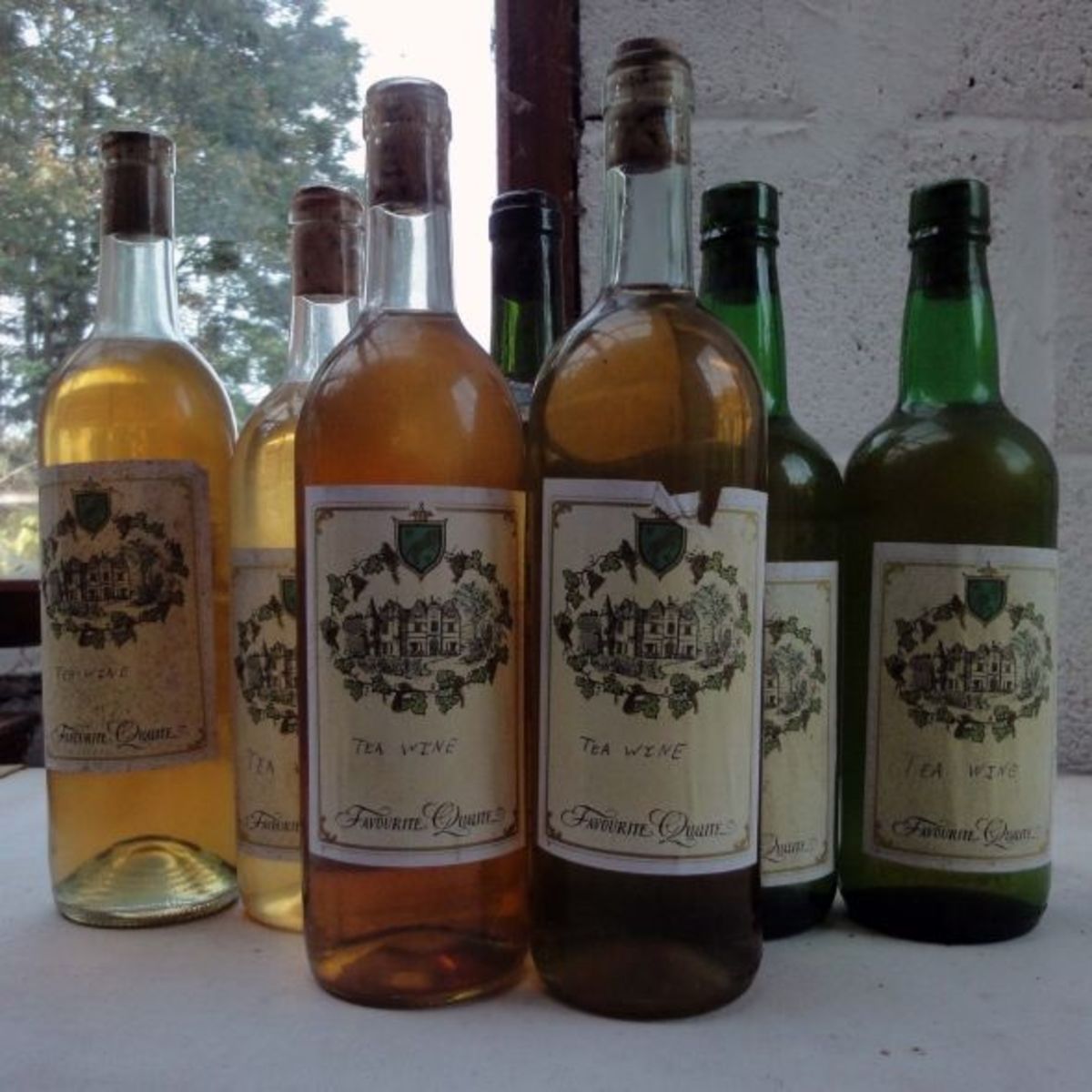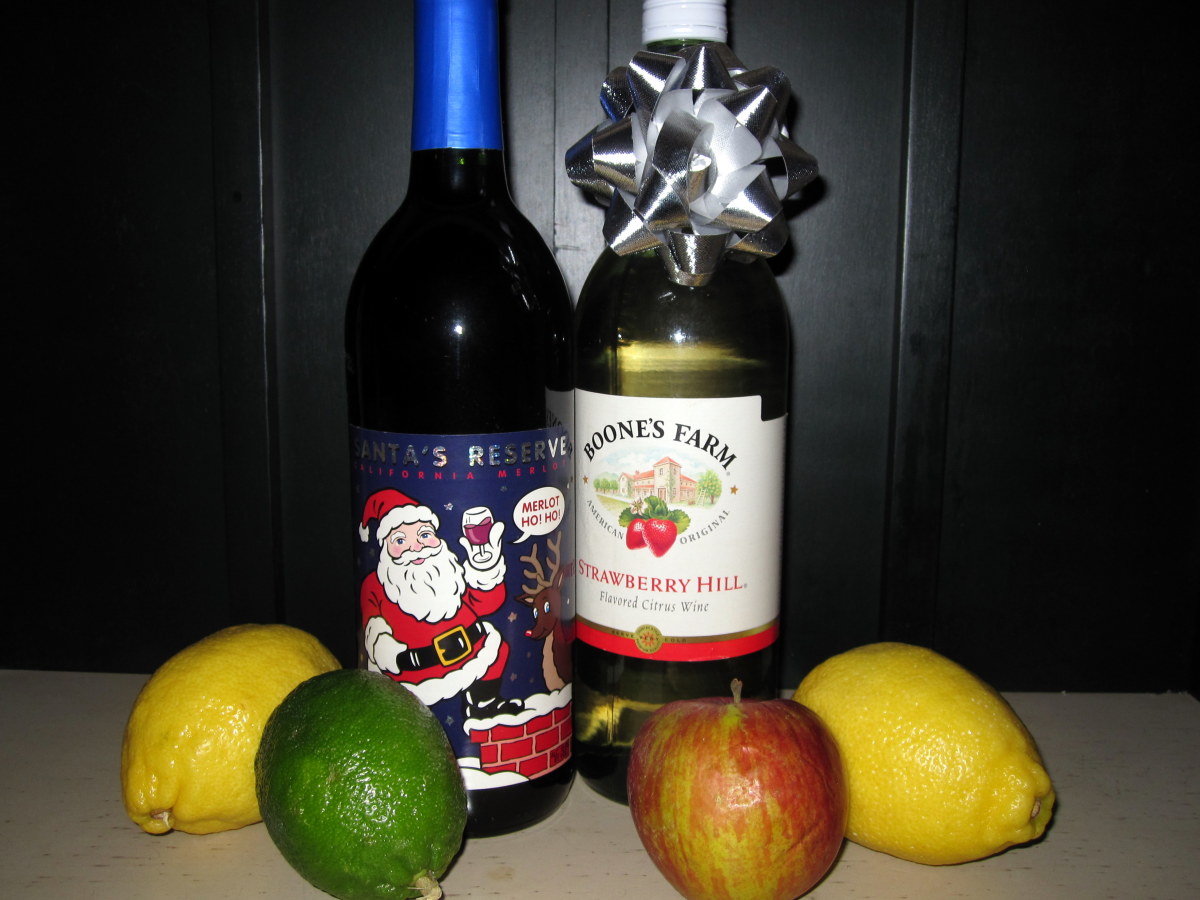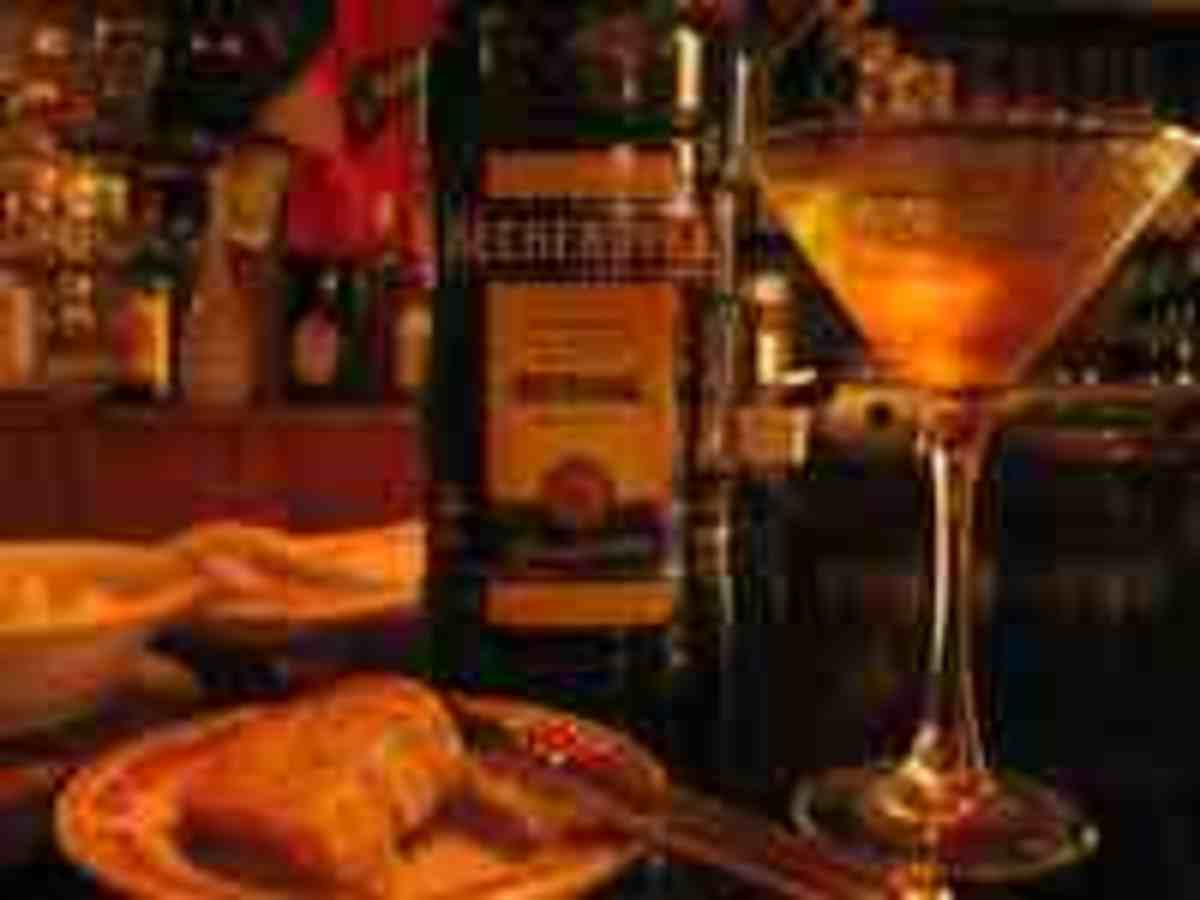Guide To Wine Appreciation





Wine 101 a beginners guide
By no means can I call myself a pro. I just enjoy a glass of wine and have tried to dissect the many different types and flavours offered.
First of all what is wine? Mentions of wine can be found in History for more than 8000 years. It is an alcoholic beverage produced by fermenting crushed grapes better said grape juice. The natural sugars combine with yeast change and turn into alcohol. (actually there is more to it then that, but for us who only want to learn to enjoy, it's sufficient for now).
There are hundreds of grape varieties that result in thousands and thousands of varieties of wine produced worldwide. This is where intimidation comes into the whole wine selecting. Knowing a few basics is enough to help us get onto the right path. It's always easier to learn when the experience is a pleasant one. Lets face it we don't have to be experts to enjoy wine like a connoisseur.
Lets learn about the language of wine:
- Acidity gives wine the clear fresh crispy flavour.
- Balance is the cooperation or the unity of the separate elements; such as sweetness, acidity, alcohol - neither being overpowering
- Body to correctly understand the light, medium and full-bodied wine statement in a layman's term: light- the wine feels like a fresh nice tasting flavored drink that slips down the throat and leaves a slight pleasant taste in the mouth. (Pinot Gris, Beaujolais maybe even my fave Chianti would classify ) medium-the wine has a bit more complex tastes that stay on the tongue longer. (Riesling, Merlot,my fave Zinfandel come into this category) full-bodied-this wine sits in the mouth and actually feels substantial or solid, its hard to explain but thick might cover it, not in substance but in flavor sensations . (white, rose and red are in this category , Cabernet Sauvignon, Chardonnay or my favorite Gewurztraminer are full-bodied)
- Blend of a variety of grapes merged into a wine
- Bouquet is the aroma of a wine. It can have a spicy, fruity, smoky, citrusy or floral scent.
- Dry is a wine with very little sweetness. Usually the french term of 'sec' or 'demi-sec' is used. A dry wine will leaves a mouth-puckering sensation.
- Finish is the flavours that are left in your mouth after swallowing the wine.
- Intensity the more flavour layers the more depth or concentrations there is to the wine.
- Legs are the streams left on the side of the glass after the wine has been whirled or swirled.
- Oaky can be a variety of flavors left in the wine when it's fermented or aged in oak barrels.
- Region describes the area where the grapes are grown and the wine is made.
- Sparkling are wines that have carbonation left in them from the fermentation or they can be added later.
- Tannin is a mouth puckering sensation in red wine that will even out or mellow out with time.
- Vintage obviously is the year in which the wine was made.





Lets discover the ritual of how to tastea wine. The professional looking swearling and sniffing really has a purpose.
It's not necessary to invest into fancy crystal glasses to enjoy a great wine. A simple tall narrow elongated shaped glass will help to concentrate the delicate aroma of a white wine better. For the red wine a larger round bowled glass is better. This allows for air to be swirled into the wine which will bring out its rich flavors.
- Fill a glass 1/2 full with wine and hold it up to the light. The deeper the color, the body and intensity, the fuller the wine. Always hold the glass by the stem so the warmth of your hand doesn't change the temperature of the wine.
- Place your nose over the rim of the glass and smell the bouquet. Try to identify the scents...spicy, fruity, floral, smoky, tangy, sweet,
- Now gently swirl the wine around and smell the bouquet again. By swirling, air mingles with the wine and thus releases the vivid and vibrant aromas.
- Close your eyes and concentrate your senses and try to identify the wines tempting aromas. Light citrusy or oaky, grassy.....don't worry if you only smell 'wine' this is the trickiest and will take time and practice (darn, what a hard thing having to practice)
- Now take a small sip...let it linger on your tongue a bit and take a couple of small sniffs of air at the same time. Savour. This is the time when the pros spit out the wine. (why I have not figures out yet, what a waste if its tasty).
An intricate part of wine appreciation comes with the know-how of 'pairing'. Wine and food complement each other and again practice makes perfect. It seems like forever the prominent chefs worldwide have set a basic rule of thumb. One thing to remember is that every taste pallet is different. Let's face it there really is no law what you can pair with your meal but some wines just seem to bring out the best in foods.
The rule of thumb is to serve a sweet wine with hot and spicy dishes. Pair, for example an Italian style wine with a meaty Spaghetti. A hearty beef stew needs to be accompanied by a full-bodied wine, like a Cabarnet Sauvignon. The fruity flavor of a Shiraz goes just perfect with BBQ ribs.
Here is a list of wines I like to serve with certain meals.
- Steak, Roast Beef, Lamb is great with Cabarnet Sauvignon.
- Burgers, Spaghetti, BBQ Chicken, Pasta go great with a Merlot.
- Veal, Grilled fish, Roasted turkey, great served with Pinot Noir.
- Thai, Indian, Chinese foods are great with a Gewurztraminer.
- Cheese and fruit platters are perfect with a Shiraz, Chardonnay or Cabernet Sauvignon.
- Pork Roast, Ham, verve best with a Riesling.
- Pizza (meat or vegetarian) taste great with Chianti or a Chardonnay.
- BBQ ribs are absolutely the best with a Shiras.
A few things to remember are to serve white and most rose wines chilled however the red is better at room temperature. Also open reds 20 minutes before serving so they can breathe...
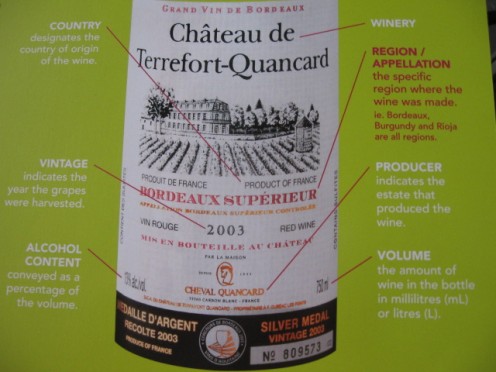
To read a wine label should be easy to explain:
- The name of the winery
- Region where wine was made
- Producer indicates the estate that produced the wine
- Country of origin
- Volume is the size of bottle
- Vintage indicates the year of the wine
- Alcohol Content shows the percent of the volume
A fun way to test out this new found awareness of tastes and scents is to have a wine tasting party. Get each of the guests to bring a bottle or two. And practice, compare notes enjoy and have fun.
Here is a great hub explaining all there is to know about European wine labels!
- Understanding European Wine Labels
Looking at a French or German wine label can be the world's most confusing experience. Do you know the feeling when you look at a bottle and you are unable to collect even the most basic information from its...
- Hungarian Goulash: My Favorite Heirloom Recipe (pass...
As far as Heirloom recipes go, I have two. Having been born in Hungary coincidentally - Chicken Paprikas! A Heritage Recipe.
Let me set the scene, it's August 1973. I've been a bride for almost three weeks. My first dinner party for my new in-laws. And let me tell you they didn't come in small batches. No they came in a package of... - Pizza Crust
The secret to making a great pizza crust at home is really not that hard to figure out. It's just a three letter word. Drum roll please...Eggs... Every person has their own idea about what the perfect... - Safe Grilling/BBQ 101
If you're like me you can't wait for the first warm enough weather to have a barbecue get-together. This summer, why not enjoy all those grills without worrying about the harmful bacteria that could be... - 1 Year hub-versary!
October 22nd 2007 a day in history... my history that is, a year ago I found my new home away from home. HUBPAGES. To give you the long tour (the short one is just too boring ...I've always wanted to be a...


